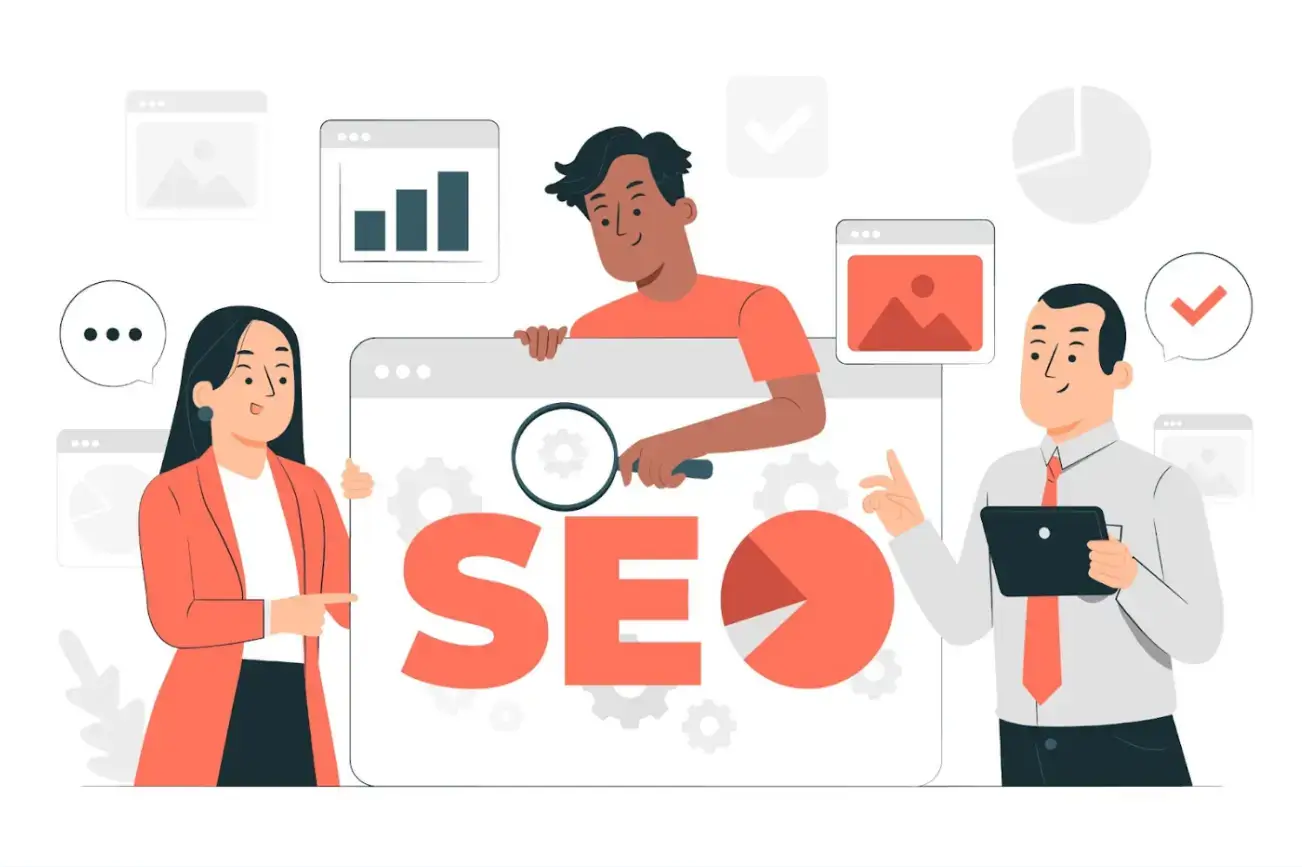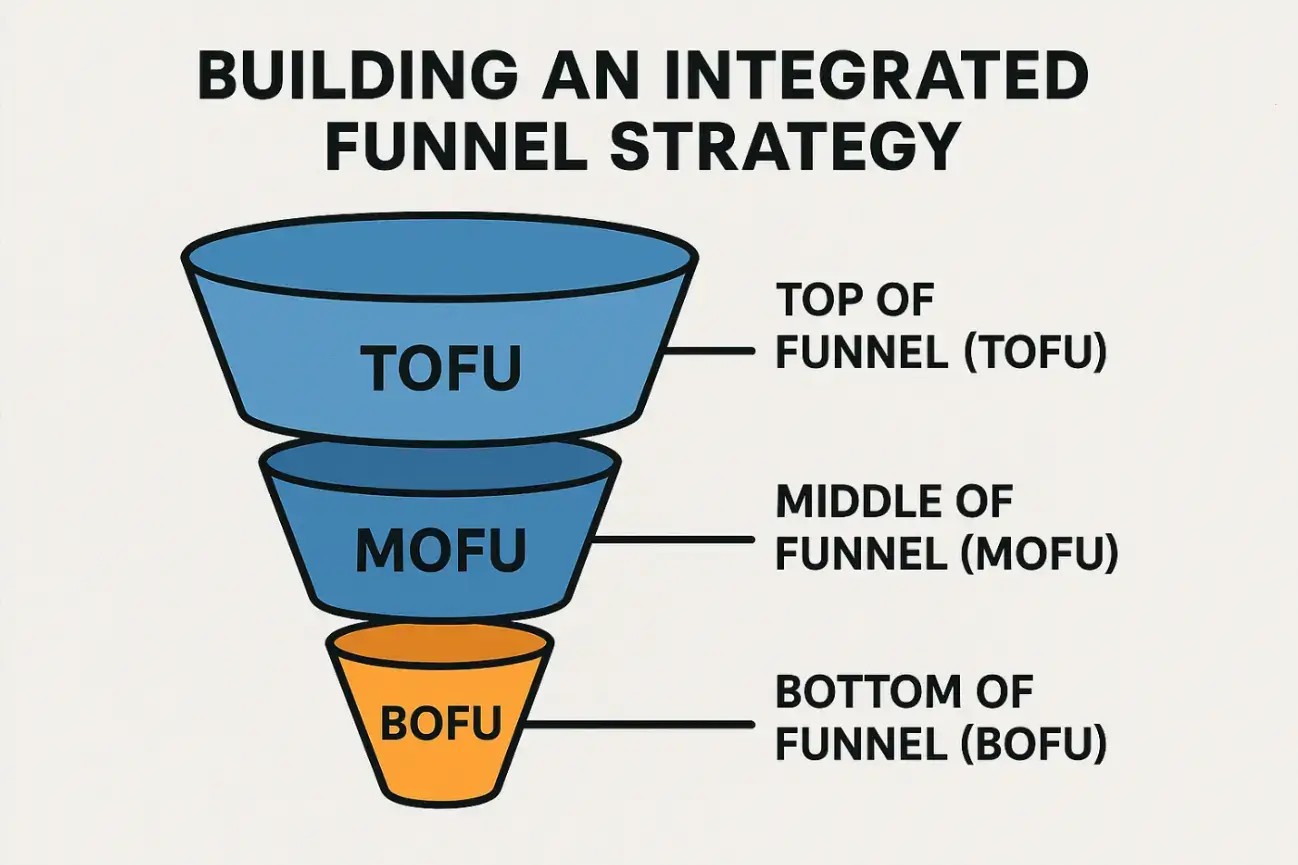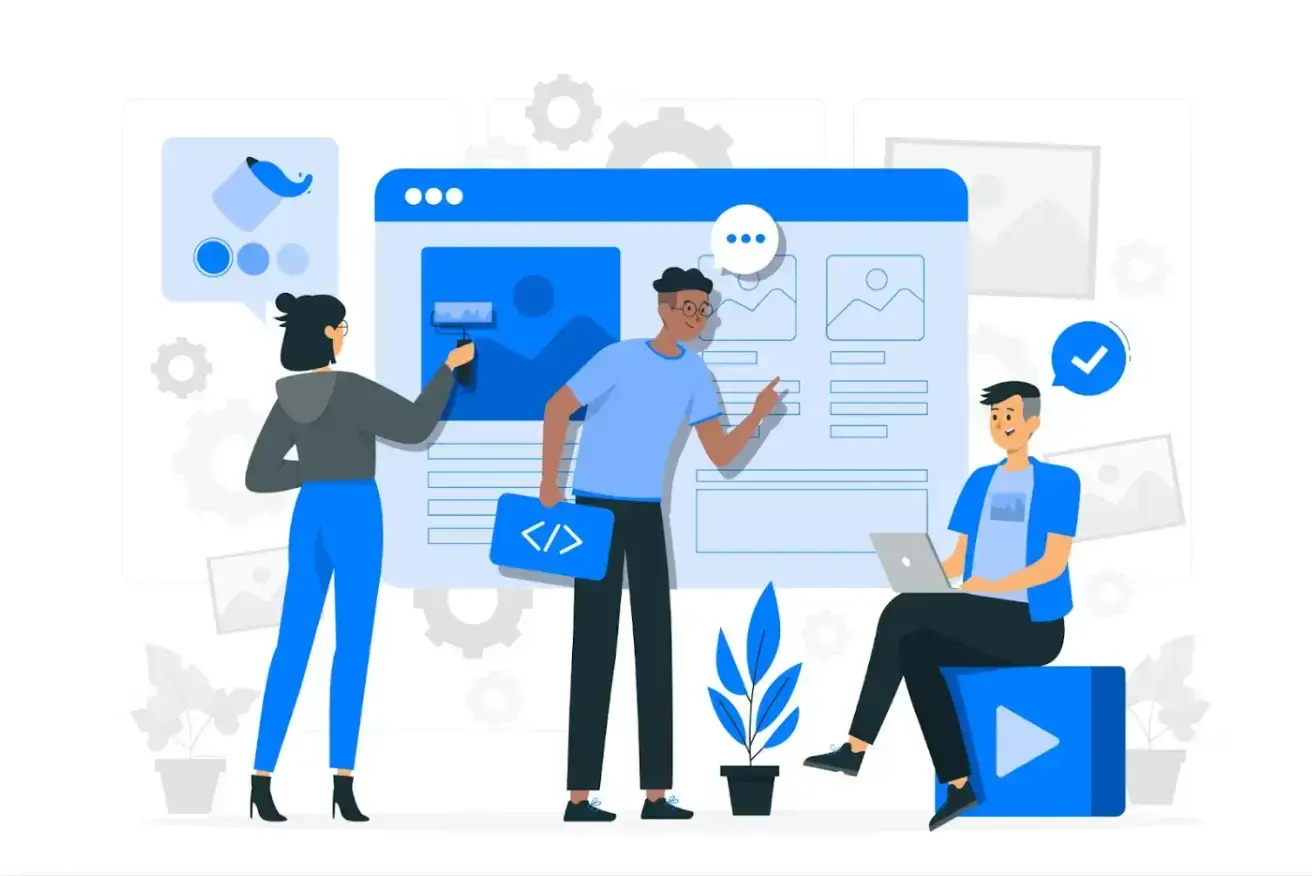In today's fast-changing digital marketing landscape, companies can no longer depend on one method alone to rule the search results.
With intense competition in most industries, becoming highly visible now demands a comprehensive approach. And that is where blending SEO and PPC becomes critical.
Whereas SEO builds long-term value and credibility, PPC produces instant results and targeted traffic. Strategically combined, they create an intense synergy that increases the prominence of your brand, magnifies conversion potential, and delivers a better return on investment.
This guide examines how to combine both approaches most effectively for maximum visibility and performance in 2025.

Why SEO and PPC Integration Matters in 2025
Modern search behavior is more disjointed than ever.
With AI-made responses, featured snippets, and paid ads sitting at the top of the rankings, users are now less likely to scroll or click several results. This implies that having only an organic listing or only a paid ad is no longer sufficient.
Combining SEO and PPC ensures that your brand shows up in multiple positions on the search engine results page. It strengthens your presence, builds trust with users, and increases your click-through rate simply by being visible more than once.
In a world where attention is scarce, occupying two positions instead of one could be the competitive edge your business needs.
"Modern search isn't just about algorithms—it's about conversations, communities, and credibility."
— Rand Fishkin, Co-founder of SparkToro
Strategic Benefits of SEO + PPC Synergy
-
SEO: Building Long-Term Trust and Visibility

Source: Freepik
Search engine optimization aims at building your website's organic traffic through enhanced relevance, quality content, and technical functionality. The advantages of SEO are:
- Growth in traffic over the long term
- Increase in credibility and trustworthiness in users' eyes
- Enhanced brand credibility by providing knowledge-based content
- Optimal cost-effectiveness in the long term
For many businesses, especially those targeting other companies, working with a B2B SEO agency can streamline these efforts by bringing in specialized knowledge and scalable strategies.
Yet, SEO is time-consuming. It involves sustained effort in content development, backlink building, and technical optimization. Outcomes usually come after weeks or months, which is why combining it with PPC is beneficial.
-
PPC: Speeding Up Results with Accuracy

Source: Google
Pay-per-click advertising enables companies to be displayed at the top of search engines immediately by bidding on applicable keywords. The benefits of PPC are as follows:
- Instant visibility and lead generation
- Complete control over targeting and budget
- Targeted analysis of advertising text and creatives
- Proper keyword and audience insights
PPC is ideal for having time-sensitive offers or targeting very competitive terms that can take years to rank organically.
"When SEO is the long game and PPC is the sprint, combining both gives you the marathon strategy every brand needs."
— Lars Lofgren, CEO of Quick Sprout
Strategic Benefits of SEO + PPC Synergy
-
Boosting Visibility and Credibility
When your brand appears in both paid advertisements and organic search results, it strengthens user trust and boosts your overall credibility in the search landscape. It also minimizes the space for competitors and increases your chances of winning the click.
-
Sharing Data for Smarter Campaigns
PPC provides rich information on the keywords that are generating conversions. These can feed directly into your SEO strategy, where you can target high-intent keywords and re-optimize existing pages.
On the other hand, top-performing organic pages can be augmented with PPC campaigns to increase visibility during important promotions or seasonal spikes.
-
Retargeting and Remarketing Opportunities
Most users find brands organically but don't convert right away. With PPC, you're able to retarget these visitors with personalized messaging, offers, or reminders. That keeps your brand in mind and brings users back.
Using both SEO content marketing and paid remarketing is one of the most effective methods for leading users through the whole buyer journey.
Creating a Full-Funnel Search Strategy

-
TOFU: Teach with SEO
Top of the funnel: Individuals are searching for information. SEO is perfect to target this audience via blog posts, guides, and how-to articles. These pages establish credibility and attract highly targeted, intent-driven traffic.
-
MOFU: Reinforce with Both
As visitors begin to compare solutions, mix educational SEO with value-based PPC ads. For instance, if a visitor visits an SEO-led guide on HVAC systems, present a PPC ad with a free consultation or estimate.
-
BOFU: Convert with PPC
At the decision level, users are about to act. PPC is most effective here, with targeted offers and product-centric ads that guide users to optimized landing pages. Maintain messaging consistency with your SEO content for a seamless transition.
Best Practices for a Unified SEO + PPC Approach
-
Keyword Mapping and Intent Matching
Begin by developing a keyword map that shows where SEO and PPC efforts intersect and where they can supplement one another.
Utilize intent-based grouping to ascertain which keywords to designate for long-term SEO and which to prioritize for paid efforts.
For instance, informational searches such as "how to lower energy bills" are more suitable for the blog, whereas transactional phrases such as "HVAC repair near me" can be targeted by PPC to gain results quickly.
-
Consistent Messaging Across Channels
Make sure your meta titles, headlines, ad copy, and landing pages all have a consistent brand voice. This instills trust and reduces friction in the user experience.
Test your PPC headlines and descriptions on a regular basis and apply the top-performing versions to your SEO meta tags.
-
UX Optimization for SEO and PPC

Source: Freepik
Your landing pages must be quick, responsive, and optimized both for SEO best practices and PPC quality score optimization. A fast-loading page that serves user intent and features prominent calls to action will optimize both campaigns at once.
Working with a UI UX design agency can further enhance the user experience, ensuring that your landing pages are not only functional but also visually appealing and intuitive.
Measuring Success Across Both Channels
-
Key Metrics for Combined Strategy
Measure SEO and PPC performance through integrated tools like Google Analytics, Search Console, and Looker Studio for a complete view of your marketing impact.
Prioritize metrics that showcase the effectiveness of your combined strategy, including:
-
- Total volume of traffic by source
- Bounce rates and average session duration
- Conversion rates from paid and organic sources
- Assisted conversions and attribution path
Knowing how to navigate from paid to organic content helps you make sense of where to place budgets and optimization efforts in the future.
Misalignments That Undermine Visibility
-
Overlapping Paid and Organic Budgets Without Strategy
Bidding on terms you are already ranking for without a strategy can burn the budget. Leverage tools to spot actual gaps and double down on the most strategic overlaps.
-
Mixed Messaging That Confuses Users
Ensure that your ad messaging, landing page copy, and SEO content align in tone and value proposition. Inconsistencies can damage trust and reduce conversions.
-
Neglecting SEO in Favor of Fast PPC Wins
Relying solely on paid traffic is risky. Algorithm updates, policy changes, or budget cuts can disrupt campaigns instantly. SEO provides the long-term stability that balances PPC volatility.
Tools That Help Integrate SEO and PPC
To manage combined campaigns effectively, consider using
- Semrush or Ahrefs for keyword plan alignment
- Google Ads and Looker Studio for tracking performance
- Hotjar or Microsoft Clarity for insights on user behavior
- HubSpot or other CRMs for tracking funnels. Marketing automation tools (e.g., Salesmate, ActiveCampaign) to nurture leads across SEO and PPC touchpoints
These tools organize your workflow and make sure your SEO and PPC plans are not operating in silos.
Frequently Asked Questions
1. Can PPC and SEO be competitive with one another?
Not if you do it correctly. They are employed for varying purposes but operate most effectively when they're within a complete search strategy.
2. How do I find the appropriate keywords for PPC or SEO?
Use intent-based keyword mapping—informational keywords work well for SEO, and high-converting or aggressive keywords work well for PPC.
3. Is PPC worth it if my SEO is already good?
Yes. PPC offers top-of-page exposure, supports seasonal campaigns, and provides faster traffic and testing.
4. How quickly will I see results from SEO and PPC?
PPC delivers immediate results. SEO takes weeks or months, but it supports long-term growth and sustainability.
5. Do I require distinct teams or one agency for both?
An integrated agency or team delivers unified messaging, shared data, and joined-up strategy on both channels.
Conclusion: Unifying for Growth
The most successful 2025 brands are those that recognize the strength of an umbrella marketing strategy. By combining SEO and PPC, you can own visibility, lower customer acquisition costs, and fuel measurable growth.
Do not view SEO and PPC as adversaries. View them as collaborators within a larger, more substantial search marketing effort. Begin modestly by aligning messaging and targeting, then expand your efforts using data-driven intelligence.
When appropriately executed, using these two strong tools together results in so much more than visibility. It creates authority, growth, and an actually optimized digital presence.
Author Bio
Emily is an Outreach and Link Building Specialist who helps websites grow with high-quality backlinks. She focuses on building real connections and boosting online visibility through smart, ethical outreach.


